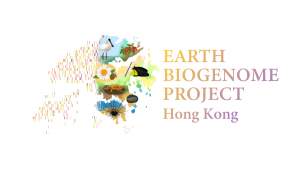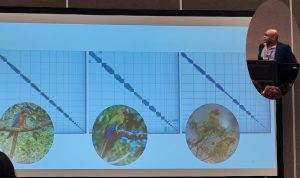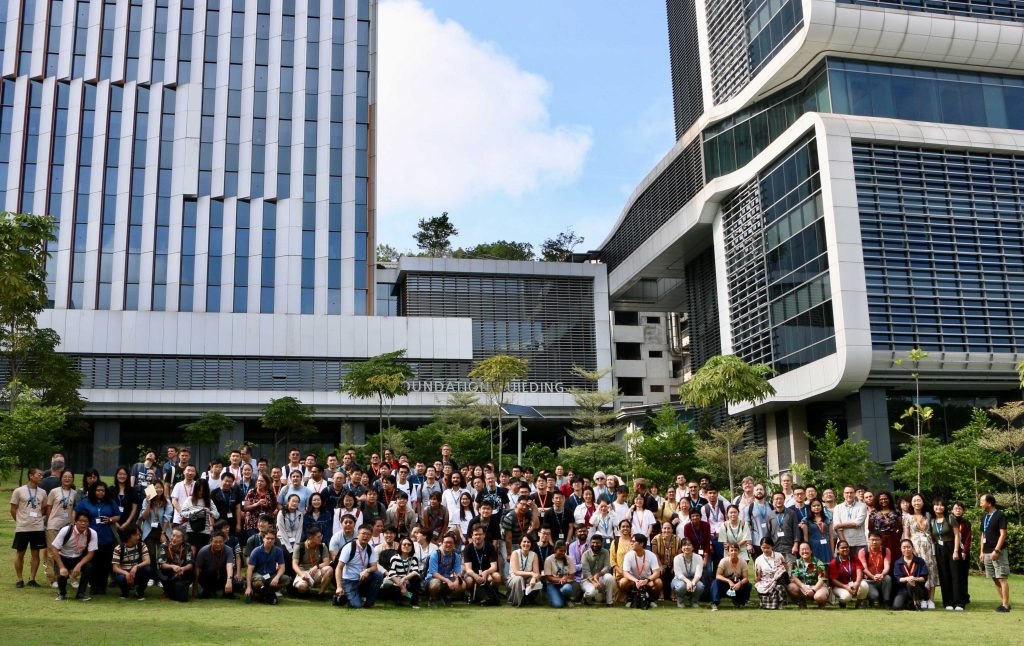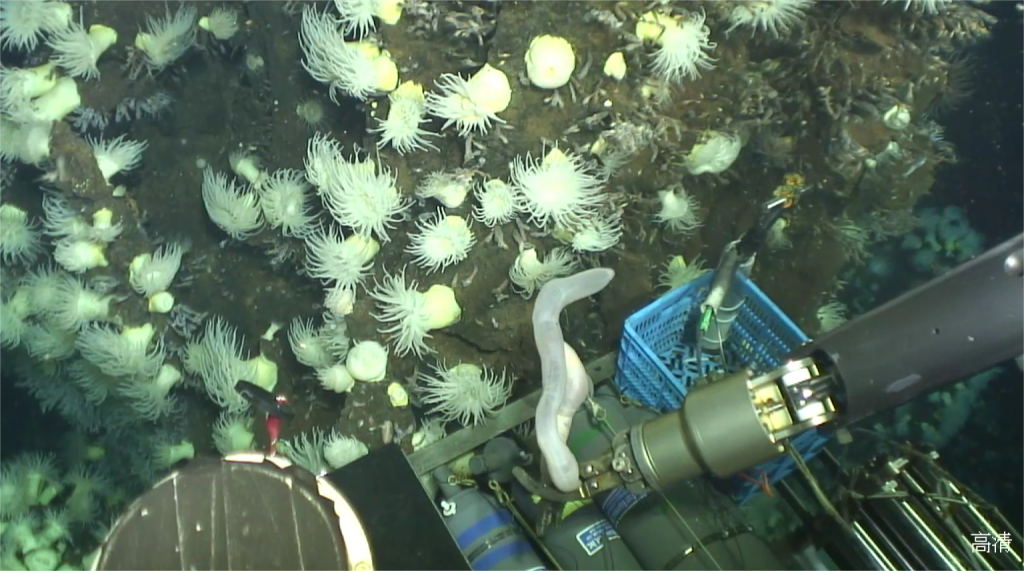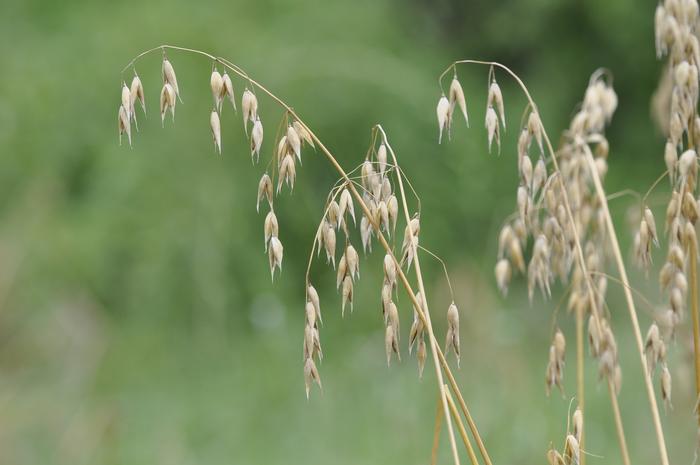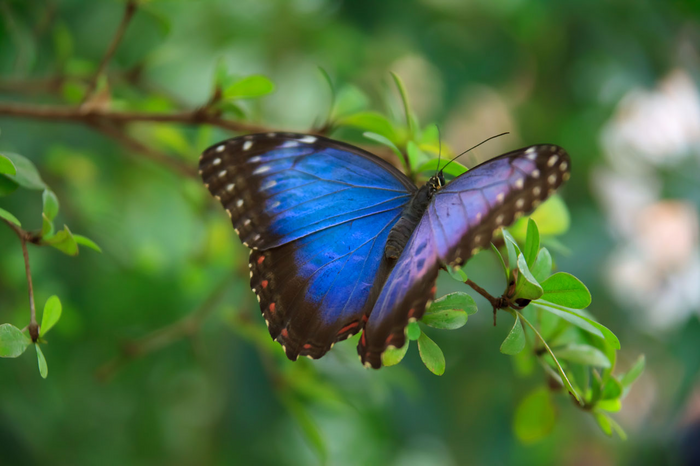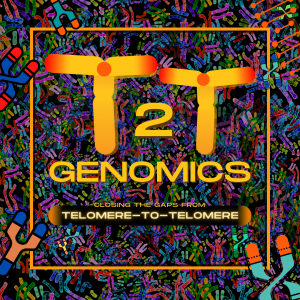
GigaScience’s T2T Series has now launched, with our first papers showcasing new Telomere-to-Telomere methods and genomic data sets. While the first draft of the Human Genome was declared complete in April 2003, it took a further two decades for the publication of the first complete, gapless sequence of a human genome in March 2022.

